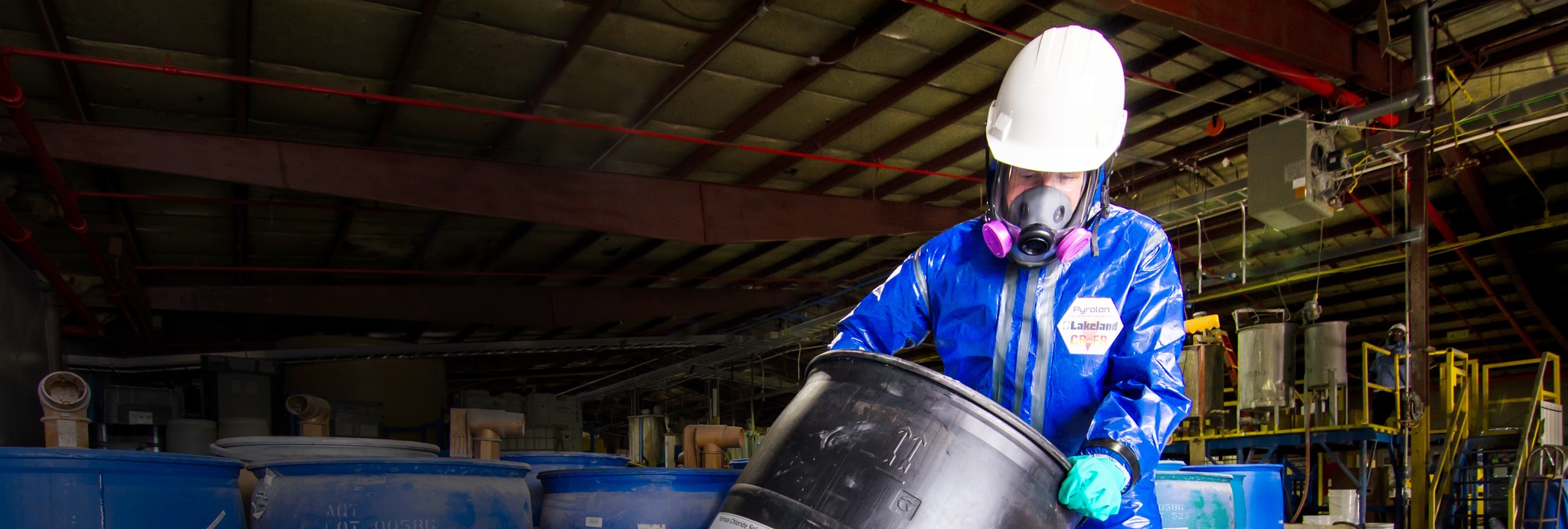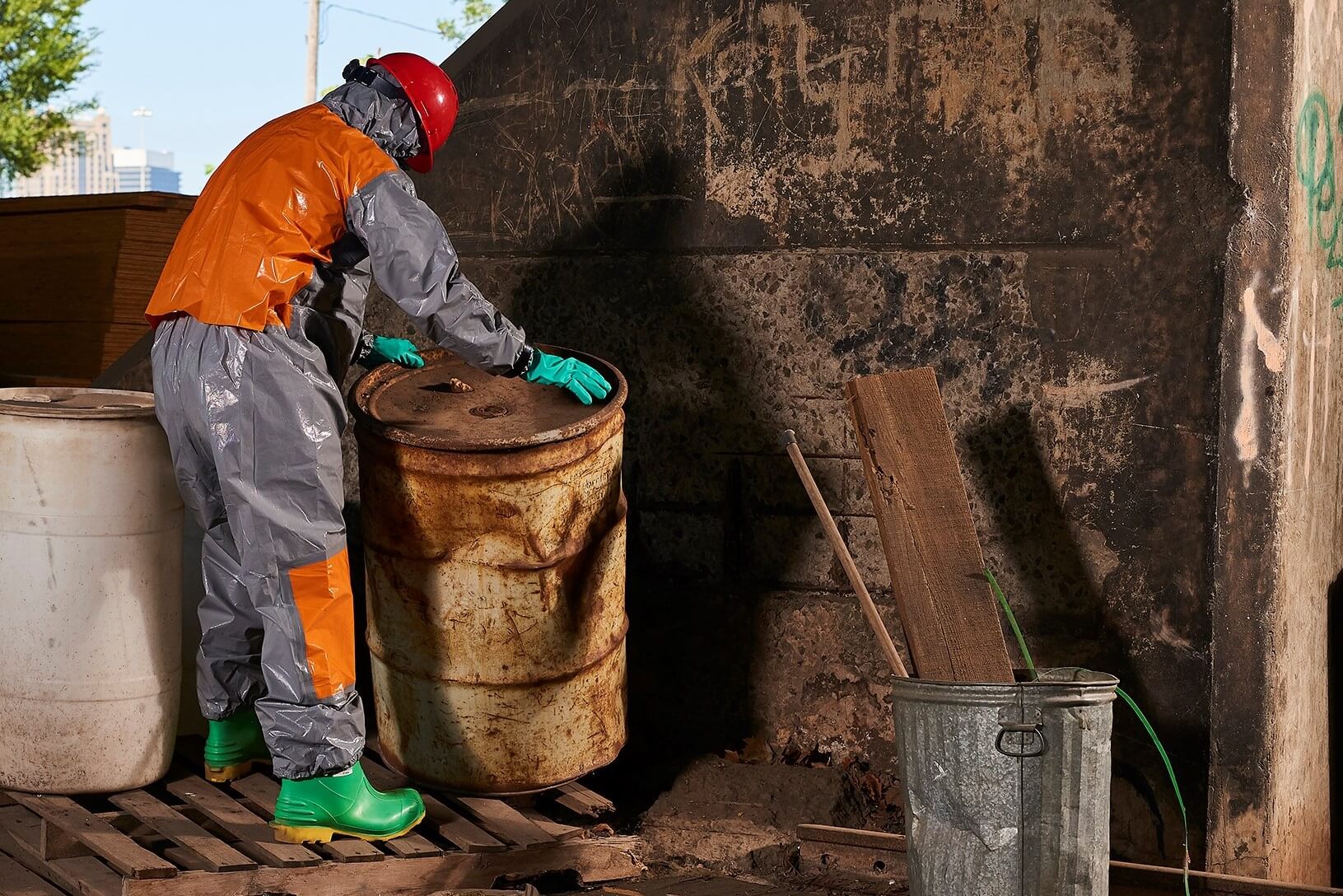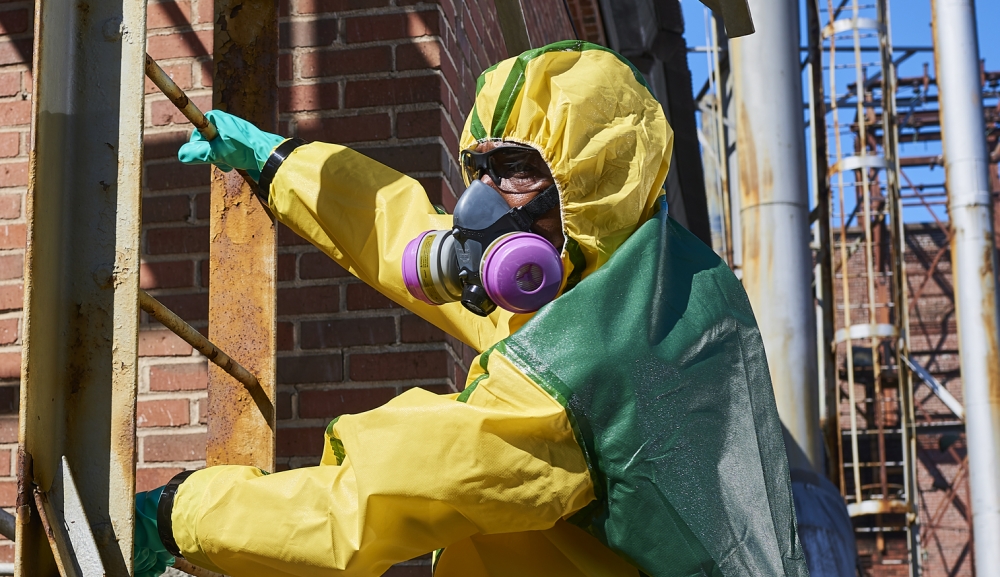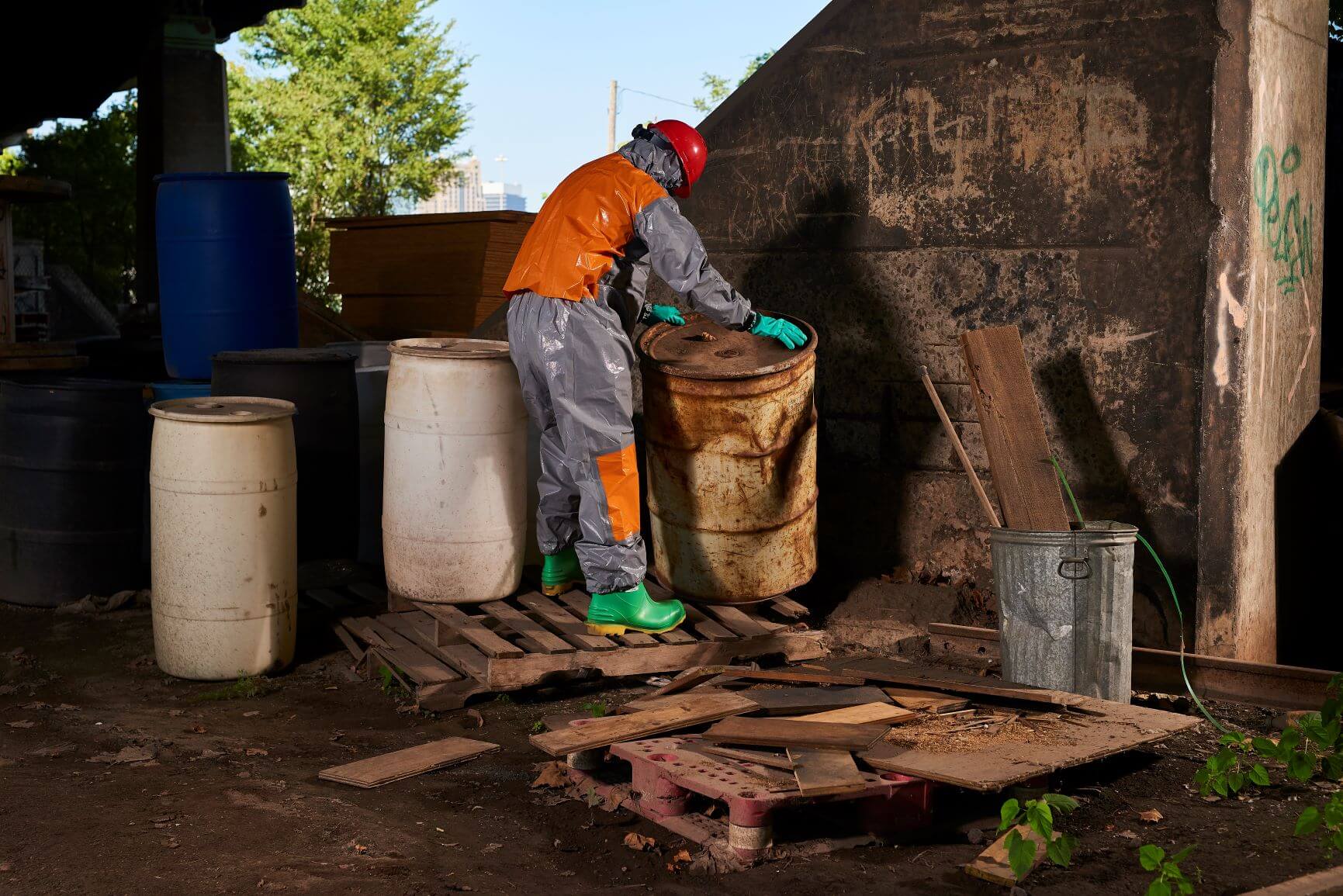Our new 13 Point Checklist covers the key points to cover in the selection, management and use of protective clothing. But why do you need it?
If you select or use chemical protective clothing, you might be content with your current choice and wonder why you need a 13-point checklist. Perhaps you have been using your current chemical suits problem-free for years. Perhaps you considered several options and your current suit seems the best. As the saying goes, “If it ain’t broke, don’t fix it…”.
However, chemicals are a different proposition to most workplace hazards; with chemicals the fact is it might be broke… you just don’t know it yet. And you won’t find out until the consequences of un-recognized contamination emerge in months or even years, time.
This blog introduces and outlines our 13 point checklist covering all the aspects for consideration in selection, management and use of chemical protective clothing… and explains why you need it.
It is estimated that there are more than 8000 chemicals in use globally. Our blog “The Hidden Killers” explains how many feature properties that make them unique hazards in the world of safety. Unlike other workplace hazards (you can hardly fail to notice if you fall from scaffolding or if a brick falls on your head!), the danger presented by chemicals is often neither immediate nor obvious. Many chemicals – perhaps the majority – have properties that make them far more insidious: –
- Chemical contamination often has no immediate effects. You might not even know that you have been contaminated.
- The effects (cancers, damage to organs etc) may take months or even years to become apparent and can be life changing or even life threatening – and are generally irreversible.
This dangerous combination means chemicals are a hazard that require very special attention. If you need chemical protection our 13-point checklist is designed to ensure consideration of all the factors that might be important so you do not fall victim to such “killer chemicals”. It is divided into three key subjects; selection, management and use.
1. Selection of Chemical Hazard Clothing
Selection tends to be the focus of most users – a focus which often, not unreasonably, concentrates on whether the fabric provides effective protection against the specific chemical in use.

Beyond permeation and safe-wear times other considerations in the selection process can include:-
- Other properties of the chemical, such as the route of contamination, its boiling point, and its toxicity.
- Factors related to the task itself, such as those that might place particular or unique stresses on the garment.
- Factors related to the environment where the task occurs.
The final stage of selection is usually the approval of those wearing it. Yet this should not just be the final stage; it is good management to involve users in the selection process right from the start. users understand the task like no one else and I have seen too many examples where a chosen suit is rejected not because there is anything wrong with it but because users have not been involved in choosing it and so look for reasons to reject it. Like any other management situation, it is partly about managing the people.
In selection of a chemical suit, it is important that a holistic approach is taken; it is easy to focus on the chemical and breakthrough times, yet there are many more factors that can play a critical part. The first section of our checklist addresses these areas.
2. Management of Chemical Hazard Clothing
“Protection offered by the best suit in the world can be undermined by failure to effectively manage its use.”
Having chosen the best chemical suit in the world (a Lakeland suit, obviously!), it will fail in its job if you do not establish processes to manage it properly.
Consider their management before and after use. Issues such as storage, disposal, single or re-use and any maintenance or cleaning requirements can play key roles in ensuring workers are protected as well as they should be.
| Disposable or Re-usable? |
|
What properties differentiate disposable from re-usable? The fact is, there is no definable, absolute difference. A suit specified as one may well end up being used as the other. In practice the decision is not made by the manufacturer but by the user with the deciding factors being related not to properties of the suit (though they will influence the decision) but to the application and chemical, and whether a suit remains intact and uncontaminated after any use. (And in some cases re-use might be unavoidable; during the early months of the Covid pandemic for example, the huge growth in demand meant either re-using suits or not using any protection at all. Our blog here dealt with the implications in such situations. Thus users cannot assume that a “re-usable” label means a suit can be re-used nor that a “disposable” suit must be thrown away after the first use. |
Storage can be important to ensure garments remain in tip-top condition, whilst disposal is heavily influenced by the chemical. Uncontaminated garments can be disposed of by standard methods but contaminated suits may need to decontamination and disposal is likely to relate to local legislation.
The choice of single use or re-use of garments is another major consideration. Whilst chemical suits are often defined by manufacturers as one or the other there is no absolute definition of either. Whilst suits intended as re-usable tend to use tougher fabrics, the opposite is necessarily the case for those labelled as single-use, but beyond that there is little to distinguish them. Both need to protect according to the demands of the chemical, the task and the environment.
The key in terms of suit management is to establish proper decision-making criteria to determine re-use or disposal. Those criteria will relate to factors which are addressed in the “management” section of our checklist.
3. Use of Chemical Hazard Clothing
“… a suit that is not worn properly will not protect properly…”
Images of workers wearing PPE incorrectly and leaving them exposed to a hazard is common. The image here appeared during the Covid-19 pandemic but was far from unique. Clearly, the mask is worn below the nose so is largely ineffective and the suit is unzipped partially leaving the worker exposed to possible contamination.
| The Great War, My Grandfather and the Hazards of Thinking “It’ll be OK”. |
|
It’s a simple, if striking example of two points as relevant to safety today as they were then to my Grandad:-
The point is, the words “it’ll be OK” – especially in the safety industry (or indeed, the battlefield) are possibly the most dangerous words in the English language… |
The key rule is that a suit not worn properly will not protect properly so management of suits in use – ensuring they are worn correctly and as designed by the manufacturer – plays an important and the third and final part of our 13-point checklist. Comfort also plays a key role; uncomfortable suits commonly result in workers not wearing suits properly or taking risks to enhance comfort.
|
I once visited a paint manufacturing company in Birmingham (UK… not Alabama!) following a complaint that fine dust was penetrating inside the coveralls. Investigation revealed some workers were tearing holes in back of the coveralls to allow air to circulate and reduce discomfort… guess how the dust was penetrating? Comfort is a safety issue… management of how suits are used is important… |
Use management revolves around three areas; donning, in-use and doffing with training being an important tool. The importance of behavioural science is gaining recognition in the safety industry and is important in this area.
- Training staff once is useful but of limited effect. The rule is train, train, and train again.
- Training is also useful for reviewing processes such as donning and doffing to ensure best practices are maintained and are continuously improved.
- “Risk Tolerance” – the tendency in the face of repeated risk to assume that “it’ll be OK” – is a bigger potential problem with “hidden killer chemicals” than with most other workplace hazards. Again, training and training again – including understanding of the chemical hazard – is part of the solution.
|
I was told early in my career that in training sessions if people remember 10% of what you tell them you’ve done a pretty good job – so I’ve always set an objective to ensure that the 10% remembered is important and useful! Given this, training should not be a one-off. It should be regularly re-enforced and updated. |
- Establishing a positive attitude to safety and encouragement of a “whistle-blower” policy – so that workers are encouraged to highlight any problems they see with PPE in-use is another important factor in an effective process to manage chemical suits in use.
So the third part of our 13-point checklist deals with the issues relating to use and inevitably links into wider subjects that are important in management of all PPE – not just chemical suits.
Conclusion: A Safety Plan: Why Do You Need Our 13-Point Checklist?
Things are not always as they seem and selection, management and use of PPE is rarely as simple as it might appear.
|
To understand the insidious nature of the hazards that many chemicals present, check out the feature film “Dark Waters”. A true story about the consequences of chemical contamination of workers and local people at a chemical plant Whist aspects of the story make it a unique and special case it serves as an sobering lesson in the reality of the possible long term, disastrous effects of chemicals… |
The safety industry is replete with misunderstandings and myths relating to standards, PPE and its use. Detail is important; ignoring something that might appear inconsequential, such as the hazard of inadvertently combining different types of PPE that are incompatible, or of misunderstanding the meaning of a simple term in a test, (or indeed, of momentarily removing your helmet on the battlefield!). All can have catastrophic consequences for those facing workplace hazards – but especially those needing protection against “hidden killer chemicals”, which workers might not even notice they have been contaminated with and yet could have life-changing consequences months or even years later.
For PPE users and selectors more generally however, many of the issues covered in our checklist can be generalized to apply to most PPE, clothing and equipment protecting against hazards even if they don’t feature the same challenges presented by chemicals.
Our 13-point checklist covers the key areas of selection, management and use of chemical protective clothing, so is a useful tool to help ensure you do not miss out something that looks insignificant – or that you haven’t even thought of – but just might be important.



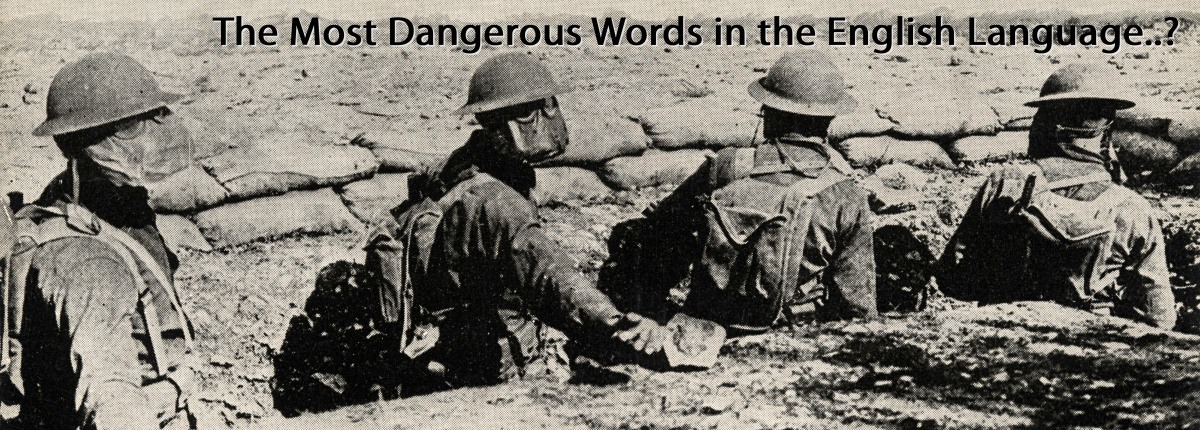 In the First World War my grandfather was hunkered down in the trenches somewhere in Northern France. The story goes (he told me it himself when I was very young) that one day, simply to scratch his head, he took off his helmet for a few seconds. During those few seconds a stray shell struck his head and removed a 10cm chunk of skull. Remarkably he survived (other than a disconcerting “dent” of soft tissue at the back of his head which he once let me touch), though it was of course the end of the war for him.
In the First World War my grandfather was hunkered down in the trenches somewhere in Northern France. The story goes (he told me it himself when I was very young) that one day, simply to scratch his head, he took off his helmet for a few seconds. During those few seconds a stray shell struck his head and removed a 10cm chunk of skull. Remarkably he survived (other than a disconcerting “dent” of soft tissue at the back of his head which he once let me touch), though it was of course the end of the war for him.